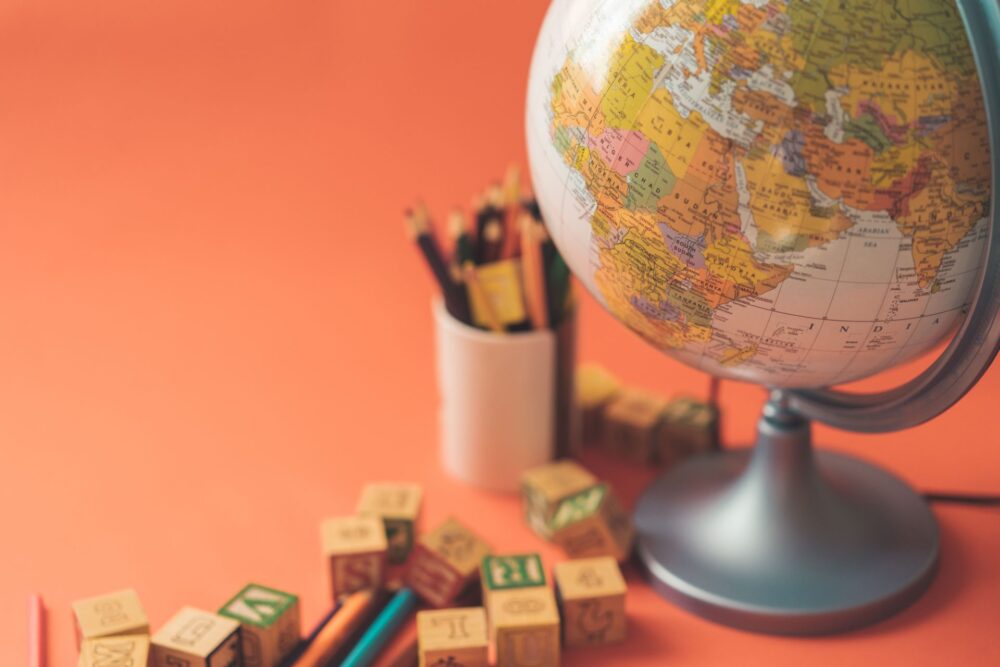

Behind every successful localization is thorough prior research.
Products and services are usually based on the mental models of the cultures for which they were created. To adapt them to new cultures – so that users experience them as if they had been designed in and for their language and culture – these products need to be localized. This goes beyond translation, which is essentially converting content from one language to another and is only a part of the equation. Localization is a more involved process, making a product culturally relevant and appropriate while understanding the social and emotional landscape of the culture you intend to design for.
Behind every successful localization is thorough prior research. Let’s take a look at an example from Netflix. They go to great lengths to guarantee the best local user experience ensuring each product offering is embedded in a given region’s localized flavour, ranging from character names and artwork to the title of the shows. The localization process is extensive and relies on the local context and social norms, not solely on the language.


Above is the key art of the Netflix Original, “13 Reasons Why” in 3 different regions: Japan, Norway, and Spain. The artwork is quite simple – there is an image, a date, and a title for each country.
But, behind the scenes, there is a very interactive, collaborative effort. Each region has its own set of rules, so it’s not as easy as it appears to be – for example, “13 Reasons Why” is not translated word by word – it is adapted to the given language:
- “13 Reasons” in Japanese,
- “13 Good Reasons” in Norwegian, and
- “For Thirteen Reasons” in Spanish.
Below is another example of how localization works in practice, from Starbucks.


In this first image, we have a Starbucks website presented to its users in both English and French in Canada, as it is a bilingual country. When you translate a website, the look and feel are identical.


Now, let’s look at the same website for those accessing the same site in Japan. The website visuals are entirely different. The page is much denser and is organized to support a right-to-left style of reading.
Without due diligence and proper research, products and services could come across as ‘foreign’ or end up being out of touch with the people you’re trying to reach. Find out what cultural norms and practices are important for your product or service and make sure you culturally translate them to each new market.
To get the most out of your efforts, please keep in mind the following tips:
- Collaboration is key: Bring the right people to the table! Be sure to include all relevant teams in building and localizing a product, including content strategy, UX writing, compliance, interaction design, UI visual design, business analysts, and project managers, among others.
- Cultural translation: Localization means cultural translation and transcreation. Understand your audiences’ unique interests in their entirety. Cultural sensitivity is key: different colours might convey different messages, and humour perception will differ across cultures. Cultural references can be really funny, but if extensive local research isn’t done beforehand, results could be detrimental. Similarly, images, photos, logos, and other icons can hold meanings that you may not have intended to communicate.
- Pay attention to small details: Language translations, visuals, date & time, currency, and legal rules are just a few other details you need to consider.
- Conduct research with local users: Execute comprehensive global research in your new (selected) markets to ensure you’ve tested and verified the product is culturally appropriate.
Cultural nuances might be tricky but global research doesn’t have to be. The global research expert team at Savanta has also put together 13 Golden Rules of Global Research to help you to connect with audiences from all corners of the planet. Download the guide here.








